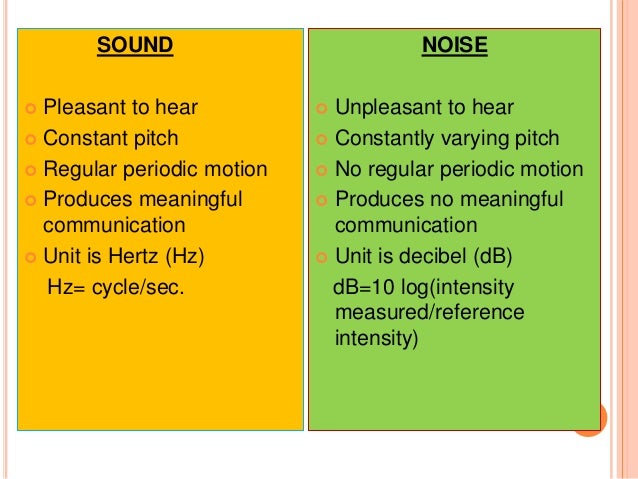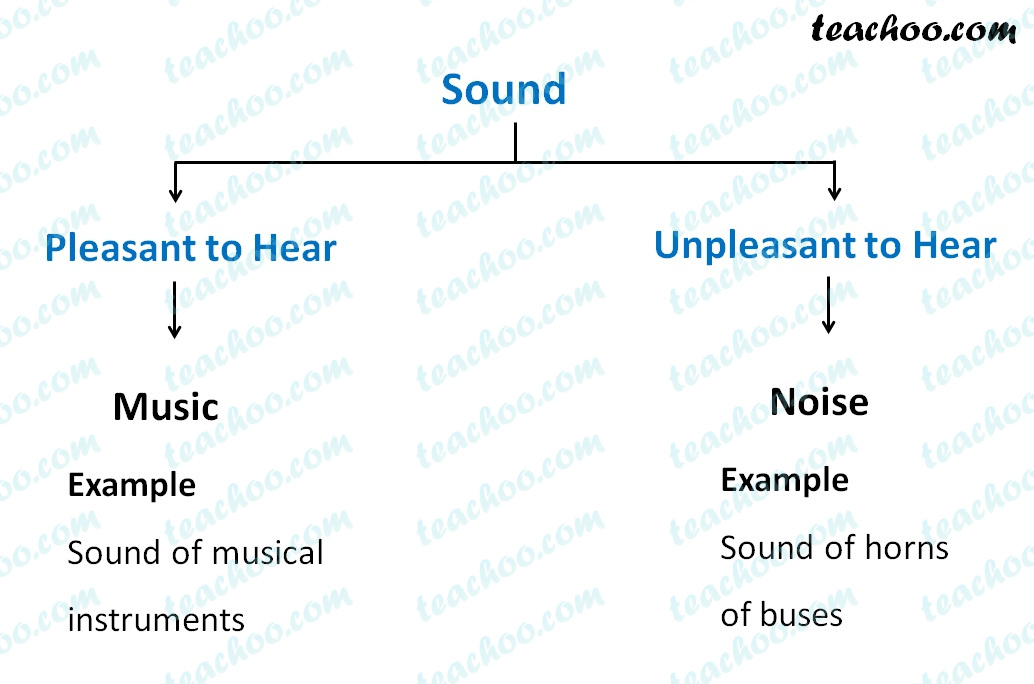Sound is an integral part of our lives. From the sound of birds chirping in the morning to the sound of traffic during the rush hour, we are constantly surrounded by different types of sounds. However, not all sounds are the same. Some sounds are pleasant to our ears, while others are unpleasant. In this article, we will explore the difference between pleasant and unpleasant sounds.
What Are Pleasant Sounds?

Pleasant sounds are those that are pleasing to the ears and evoke positive emotions. These sounds are often associated with nature and can have a calming effect on our minds and bodies. Examples of pleasant sounds include the sound of waves crashing on the shore, birds singing, and the sound of a gentle breeze.
Studies have shown that listening to pleasant sounds can have a positive impact on our mental health. It can help reduce stress levels, improve mood, and promote relaxation.
What Are Unpleasant Sounds?

Unpleasant sounds, on the other hand, are those that are displeasing to the ears and evoke negative emotions. These sounds can be jarring and disruptive, and can even cause physical discomfort. Examples of unpleasant sounds include the sound of nails on a chalkboard, car horns, and construction noise.
Exposure to unpleasant sounds can have a negative impact on our mental and physical health. It can lead to increased stress levels, anxiety, and even hearing loss.
Why Do We React Differently to Different Sounds?

The way we react to different sounds is subjective and can vary from person to person. This is because our perception of sound is influenced by a range of factors, including our personal preferences, past experiences, and cultural background.
For example, someone who grew up in a noisy city may be more accustomed to loud sounds and find them less unpleasant than someone who grew up in a quiet rural area.
The Science Behind Sound Perception

Sound perception is a complex process that involves the ears, brain, and nervous system. When sound waves enter our ears, they are converted into electrical signals that are sent to the brain. The brain then processes these signals and interprets them as different sounds.
Research has shown that different parts of the brain are activated by different types of sounds. Pleasant sounds, for example, activate the reward centers of the brain, while unpleasant sounds activate the amygdala, which is responsible for processing emotions.
Conclusion
Sound is an important part of our lives, and the way we react to different sounds can have a significant impact on our mental and physical health. While pleasant sounds can have a positive effect on our well-being, unpleasant sounds can lead to stress and anxiety. By understanding the difference between pleasant and unpleasant sounds, we can make conscious choices to surround ourselves with sounds that promote relaxation and positivity.